Manhattan represents the typical image people have of New York City from the movies and television. But it’s not all the glitz and glamour of Times Square or Broadway, which are actually some of the more dangerous areas in New York City in reality.
Like any major metropolitan area – Chicago, Los Angeles, Philadelphia – Manhattan is a complex web of safer and unsafe neighborhoods, sometimes within spitting distance of each other. Luckily, it’s mostly a grid. Until you get to Downtown. Then it gets very confusing. We’ll get to downtown.
Is Manhattan Dangerous?
These days it’s not enough to just assume that the hotels will be concentrated in the safer, more commercial, less residential neighborhoods. In fact, the commercial, tourist-driven neighborhoods are often the most dangerous, as this is where most petty crime happens. Times Square, for example, as stated in the opening lines of this article.
On top of that, these days, you have Airbnb as a healthy alternative option to hotels. Airbnb’s could be anywhere in the city, in any neighborhood. Thus, it is imperative you are familiar with the neighborhood in which your Airbnb is located and can identify if it is a neighborhood in which you can breathe easily or one where you need to keep your wits about you.
PRO TIP! – You should always keep your wits about you in NYC, no matter where you are.
Manhattan Demographics
No man is an island, but Manhattan is. It is one of the five boroughs and one of two islands. The other island is Staten Island. The other three boroughs are Queens, Brooklyn and The Bronx.
This article focuses on Manhattan, because it is a very big place, composed of little areas inside little neighborhoods inside bigger sections. However, ironically, Manhattan is the smallest of the boroughs, with a total area of thirty-three and a half square miles. Only twenty-two of those square miles are land – the rest is water.
That means the population of over one and half million are squeezed pretty tight, even in this sprawling metropolis. No wonder it’s called the city that never sleeps. How can you sleep when your dreams are haunted by the sound of the guy – or girl – next door snoring?
Getting back to our heading, the boundaries of Manhattan. The bodies of water that bound Manhattan and together comprise those leftover square miles of water are:
- The Hudson River on the West Side
- The East River on the – you guessed it – East Side
- The Harlem River
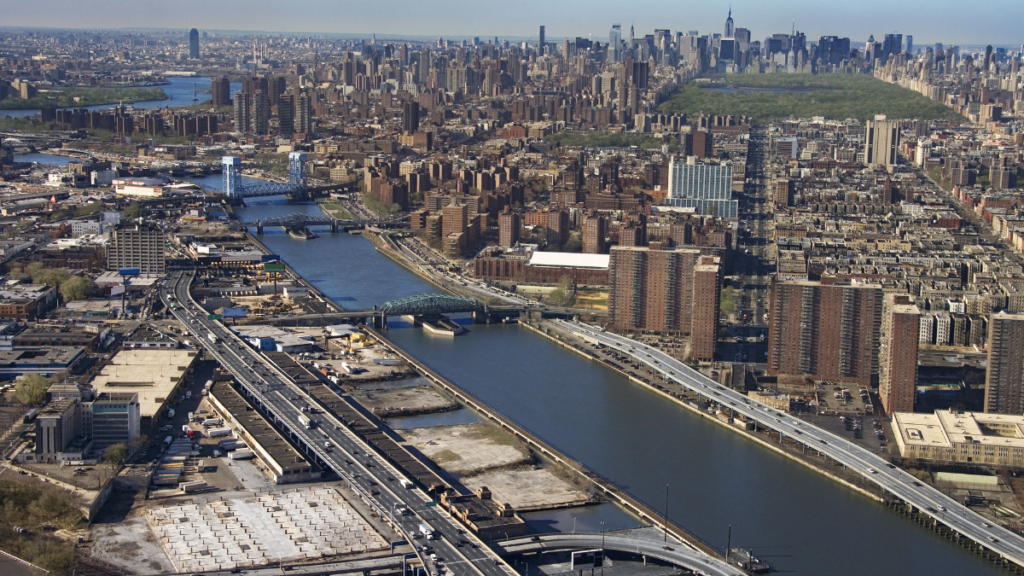
Manhattan History
Did you know Manhattan used to be called Amsterdam? Well, New Amsterdam. Of course, the old Amsterdam is a perfectly fine place. They decided they didn’t need a new Amsterdam, so they said ‘how about we call it Manhattan?’. Just kidding, that’s not the real story.
Back then, ‘New Amsterdam’ was the capital of ‘New Netherlands’. Not a lot of effort put into those names.
Joking aside, the reason the territory was called ‘New Amsterdam’ originally is because the area now known as Manhattan was at first settled by Dutch Colonists. Before that, the mostly marsh lands were inhabited by the Lenape Tribe. You may have heard the old legend about the Dutch purchasing the land from the tribe for twenty-four dollars. This actually led to a war.
New Amsterdam became New York when it finally came into English possession from the Dutch in 1674, and was thusly renamed after the Duke of York. The words Manhattan comes from Mannahata, a Lenape dialect term meaning ‘place for wood to make bow’. New York City was the first capital of the United States.
Manhattan Crime Statistics
Starting on a positive note, recent NYPD data reveals a decline in shooting incidents and murders in January 2023 compared to the same month in the previous year. However, Manhattan’s crime index suggests it’s among the riskier cities in the U.S. The city’s dense population and economic magnetism contribute to its high crime rates. Annually, Manhattan witnesses approximately 8,827 violent crimes and 33,234 property crimes. Nevertheless, proactive measures like heightened police visibility and community engagement have been initiated to curb these numbers.
Manhattan’s Top Five Safe Havens
Despite overarching crime statistics, Manhattan boasts several neighborhoods that stand out for their safety:
1. Battery Park City
Nestled on Manhattan’s lower west side, Battery Park City is renowned for its mesmerizing Hudson River views. This neighborhood, with its serene and family-centric ambiance, is a top choice for those working in the nearby Financial District or those seeking quality educational and recreational facilities.
- Safety Rating: B+
- Violent Crimes: Assault (209.4), Murder (0), Robbery (0)
- Property Crimes: Burglary (19), Theft (1,072.2), Motor Vehicle Theft (76.1)
2. Roosevelt Island
Located in the East River, Roosevelt Island offers a serene escape from city chaos. Its panoramic views of the Manhattan skyline and historical landmarks make it an idyllic residence or visitation spot.
- Safety Rating: B-
- Violent Crimes: Assault (212.2), Murder (0), Robbery (59.4)
- Property Crimes: Burglary (42.4), Theft (288.6), Motor Vehicle Theft (8.5)
3. Murray Hill
A blend of history and modernity, Murray Hill, established in the late 1700s, offers a unique experience with its architectural marvels and contemporary amenities.
- Safety Rating: B-
- Violent Crimes: Assault (322.9), Murder (0), Robbery (61.7)
- Property Crimes: Burglary (87.1), Theft (939.6), Motor Vehicle Theft (10.9)
4. Greenwich Village
A hub for artists and innovators, Greenwich Village, located centrally in Manhattan, is known for its bohemian spirit and rich cultural heritage.
- Safety Rating: B-
- Violent Crimes: Assault (642.7), Murder (0), Robbery (123.2)
- Property Crimes: Burglary (109.9), Theft (3,743.2), Motor Vehicle Theft (36.6)
5. Tribeca
Between the Hudson River and Broadway, Tribeca offers a blend of historical charm and modern vibrancy, making it a sought-after neighborhood.
- Safety Rating: B-
- Violent Crimes: Assault (731.3), Murder (0), Robbery (100.3)
- Property Crimes: Burglary (230), Theft (3,992.7), Motor Vehicle Theft (70.8)
Safety First in Manhattan
While Manhattan promises an exhilarating experience, safety should always be a priority. Whether you’re wandering through Central Park or catching a Broadway spectacle, always be vigilant. Stick to illuminated areas during nighttime, carry essential safety tools like pepper spray, and always be alert, especially in crowded areas. If confronted with danger, stay composed, draw attention, and don’t hesitate to seek assistance. By adhering to these guidelines, you can relish Manhattan’s offerings with peace of mind.
Safest Neighborhoods In Manhattan: Upper East Side
First up, the Upper East Side! Rents on the Upper East Side can run from 2,000 for a studio to 3,900 for a two-bedroom. The best part of the Upper East Side is you can live on a hill! Carnegie Hill, Lenox Hill or Murray Hill! Here is what each hill has to offer.
The Upper East Side exudes elegance and safety. Known for its iconic museums, luxury boutiques, and historic residences, the neighborhood’s crime rate is notably lower than the national average. Residents enjoy tree-canopied streets, parks, and a robust public transportation network. Local organizations, like the East 72nd Street Neighborhood Association, further enhance community safety.
Carnegie Hill
Not to be confused with Carnegie Hall, which is in Midtown and is probably the world’s most renowned concert hall. Carnegie Hill is a neighborhood nestled within the Upper East Side of Manhattan, New York City. It’s bordered by 86th Street to the south, Fifth Avenue (Central Park) to the west, and extends north to 98th Street. This neighborhood is a part of Manhattan Community District 8.
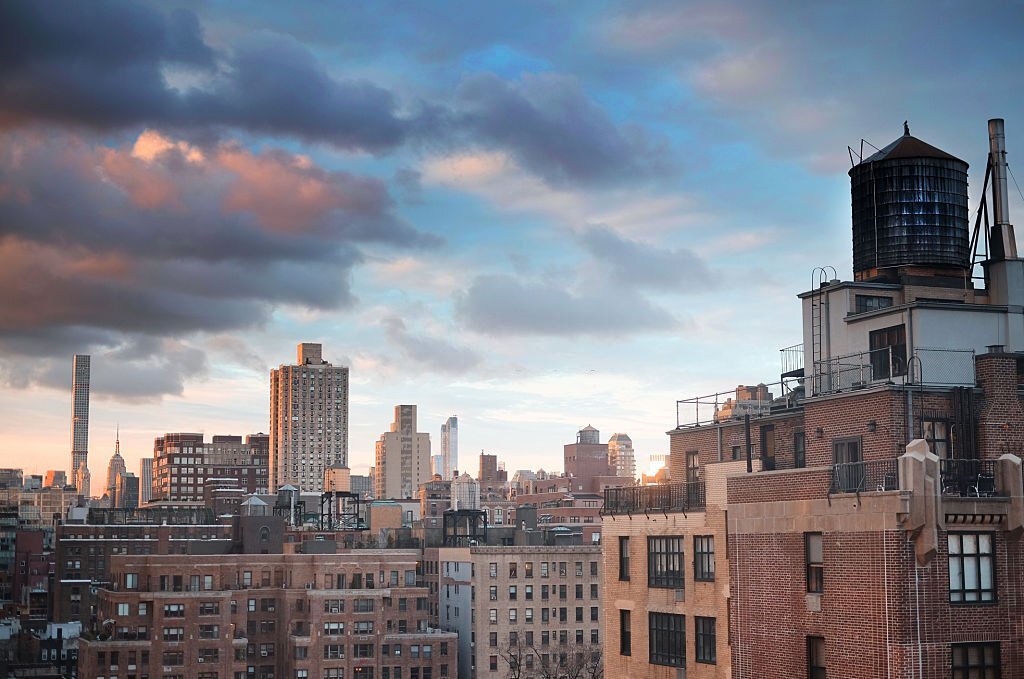
Carnegie Hill has some famous landmarks of its own, including the Guggenheim Museum and an officially designated historic district. Carnegie Hill’s boundaries are 86th Street, 98th Street, Fifth Avenue and Park Avenue.
Lennox Hill
Positioned on the Upper East Side, Lenox Hill is a blend of luxury and safety. It houses the renowned Lenox Hill Hospital and boasts a crime rate significantly lower than the national average. The neighborhood’s infrastructure promotes walking, and it’s well-serviced by public transportation, ensuring residents can navigate with ease.
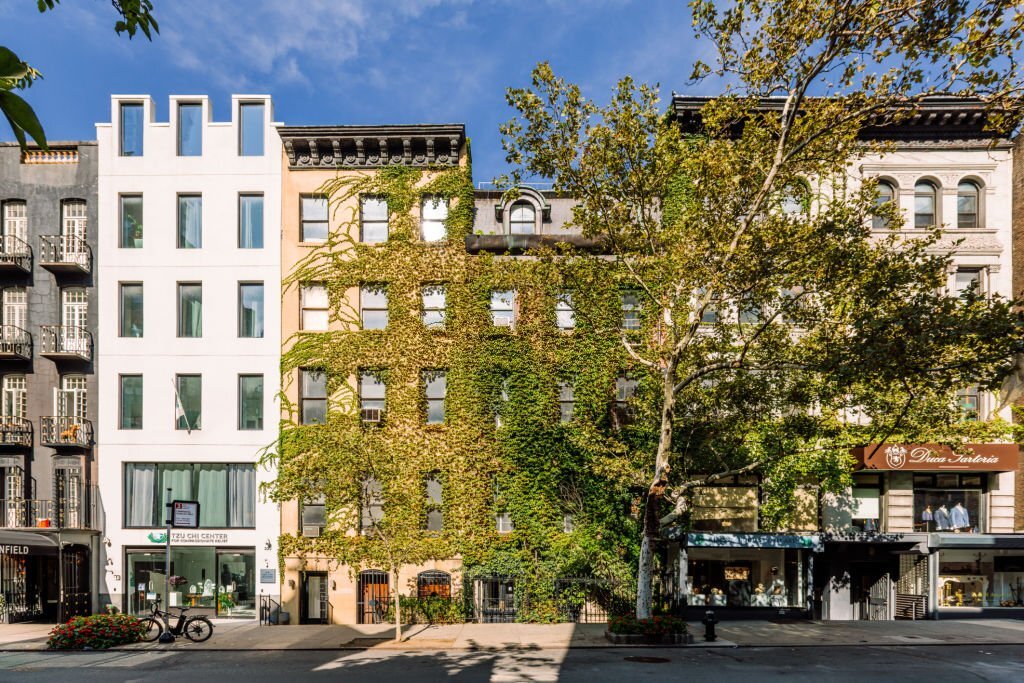
The rents are a little higher to match the brand stores in the area – Tom Ford, Ralph Lauren and more. Lenox Hill runs from 60th to 77th street, bordered by Fifth Avenue – hence the designer stores – and the East River.
Murray Hill
Murray Hill’s transformation over the 20th century is nothing short of remarkable. Once a hub for trade and commerce, it has metamorphosed into one of Manhattan’s most tranquil neighborhoods. Its crime rate, which saw a drop of over 80% between 1990 and 2018, is a testament to its safety initiatives.

Murray Hill is not on the Upper East Side but a hill on the east side, so this is why it is included here. Murray Hill is a less pretentious sibling to the aforementioned Carnegie and Lenox Hills. Murray Hill is home to a tiny population of about 12,000 and is home to a few landmarks like the JP Morgan Library and Scandinavia House.
Crime has dropped nearly fifty percent in Murray Hill in the past eighteen years. The exact boundaries of Murray Hill are controversial; it is generally regarded to span from Midtown to the East River. The NYPD’s 17th precinct patrols crime in Murray Hill.
Roosevelt Island
That’s right! Another island. An island within an island. Roosevelt Island. Roosevelt Island is a narrow island in the East River and is considered part of Manhattan.
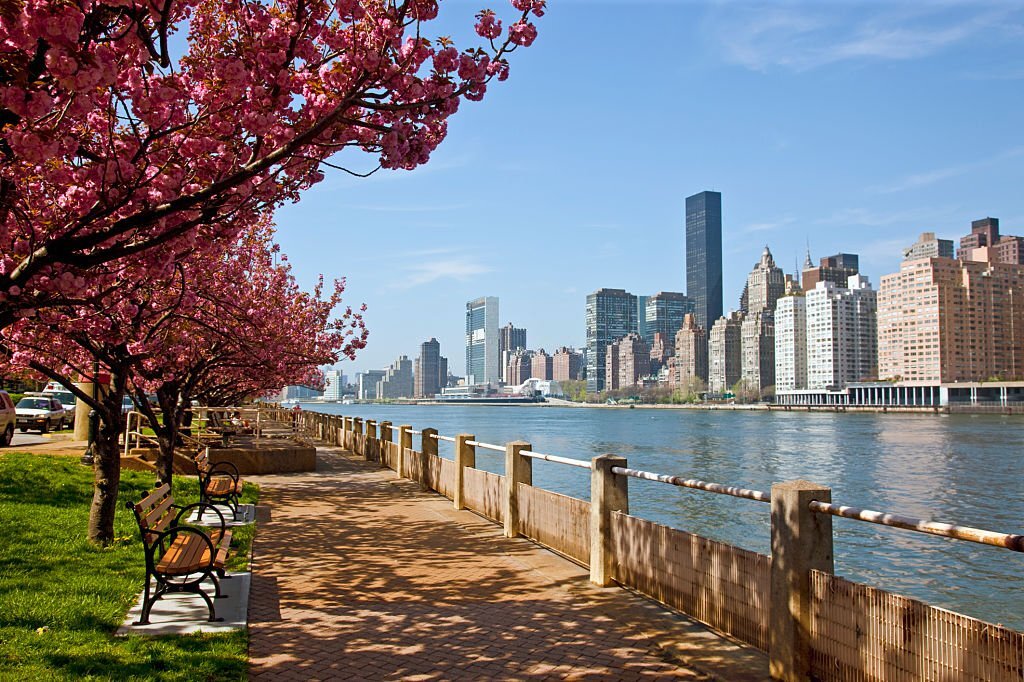
A unique Manhattan hood, Roosevelt Island is a peaceful residential area. It’s home to several parks, including the Franklin D. Roosevelt Four Freedoms Park. The island’s safety record is commendable, and the Roosevelt Island Public Safety Department collaborates with the police to ensure a secure environment. The island’s strong sense of community and well-maintained infrastructure make it a top choice for many.
Roosevelt Island had less than nine crimes per one thousand residents in 2020, a remarkable record. Its crime rate falls in the lowest classification, below average. Roosevelt was renamed in honor of FDR in 1973.
Safest Neighborhoods In Manhattan: Upper West Side
While the Upper East Side is generally regarded as old money, rich, mostly Jewish, the Upper West Side is the more family-oriented, residential, middle-class neighborhood. Columbia University is on the Upper West Side, as well as the aforementioned Museum of Natural History, home to institutions like the American Museum of Natural History, is both culturally rich and safe. Its crime statistics are favorable, and the neighborhood offers high walkability, ensuring residents can safely explore its offerings. A diverse mix of communities adds to its vibrant atmosphere.
The Upper West Side is a little cheaper than its eastern cousin. Rents will run you 2,000 – 2,500 for a one-bedroom, kind of a bargain for Manhattan. The neighborhoods regarded as the safest on the Upper West Side are Morningside Heights and Washington Heights.
Morningside Heights
Morningside Heights was only developed in the past century. Previously, it was home to two well-known insane asylums. Now, it is home to Columbia University, an Ivy League asylum. Morningside Heights also boasts the famous ‘Seinfeld’ landmark, the exterior of ‘Tom’s Diner’. And it’s where this writer was born!
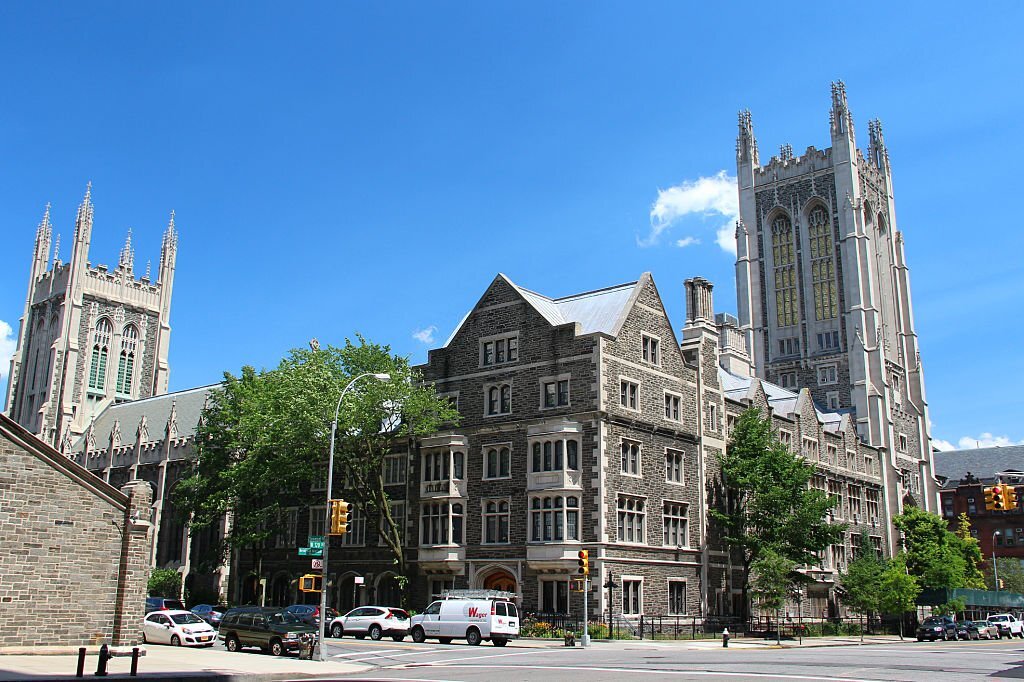
Morningside Heights’ crime rate has decreased overall by eighty percent, as reported by the 26th police precinct, which patrols the neighborhood. Morningside’s boundaries are 110th Street, 125th Street, Morningside Drive – sounds like a pleasant drive – and Riverside Drive. Actually, they both sound like pleasant drives.
Washington Heights
The recent Lin Manuel Miranda film, ‘In The Heights’ is set in Washington Heights. Maybe you’ve seen it. There was also a short-lived MTV series set in the neighborhood. Washington Heights has certainly seen its time in the spotlight.
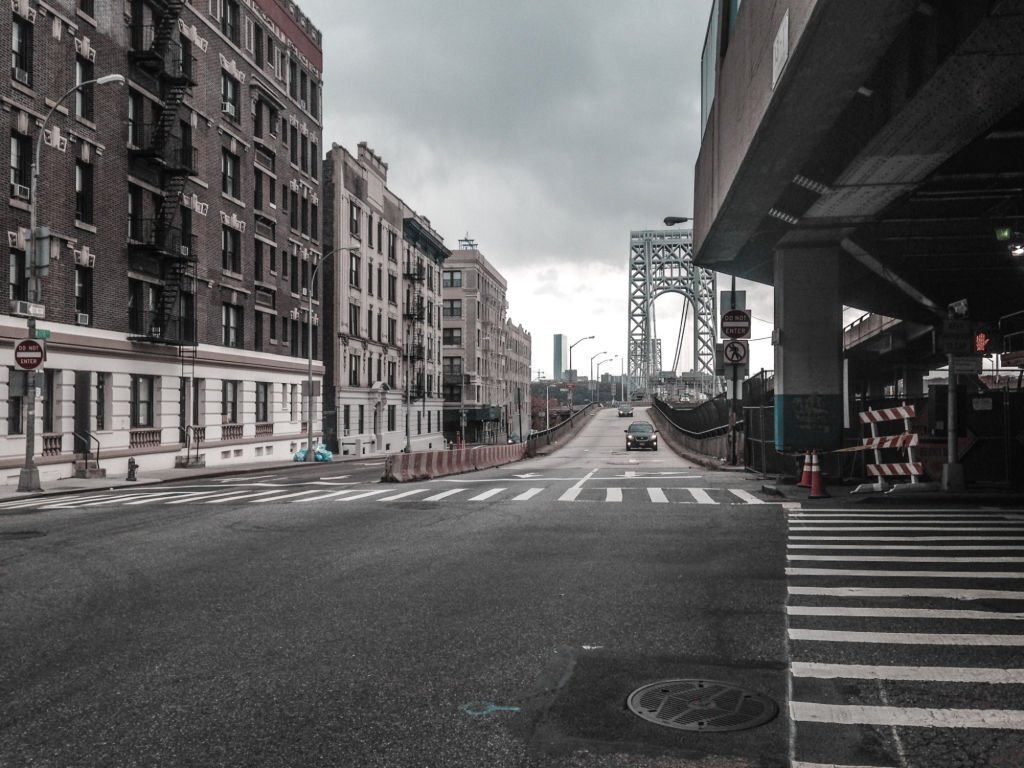
Not just safest, Washington Heights is also one of the cheapest neighborhoods in Manhattan – apartments can be found for under two thousand. It has a rich and diverse immigrant population, especially from the Dominican Republic.
Crime has fallen by over forty percent in the last two decades, as reported by the two precincts that share responsibility for Washington Heights – the thirty-third and thirty-fourth precincts, which divide the neighborhood north and south.
What The Residents Say
Morningside residents report the neighborhood to be a breath of fresh air, offering ‘a variety of multicultural opportunities’. For residents of Washington Heights, the neighborhood is ‘a proud home’ that is ‘lively and diverse’. Murray Hill residents call their home a ’friendly neighborhood’ with a ‘small town vibe’.
Safest Neighborhoods In Manhattan: Downtown
If you are Uptown you can live on a hill, downtown you can live in a village. West Village, East Village, or Greenwich Village. Downtown, especially is split into many little pockets, so here are the hot pockets that are light on crime.
East Village
East Village is easily one of the best neighborhoods overall in New York City. East Village is home to an active nightlife and a vibrant culture. Plus, it is famous for it’s low crime rates.
The East Village is actually comprised of three smaller neighborhoods – Alphabet City, The Bowery and Little Ukraine. It has two large parks – East River Park and Tompkins Square Park, both marvelously managed by the city parks department.

Crimes have decreased nearly eighty percent since the nineties, as reported by the (th precinct, which patrols the neighborhood. East Village is bounded by 14th Street and Houston Street and east of Third Avenue.
East Village is described as the ‘perfect place to grow up’ and full of ‘amazing experiences’ by residents.
West Village
Where there’s east, there’s always west. The West Village is posh. It has the highest average real estate prices in the United States. It’s also where The High Line begins, a converted elevated railway where you can walk through a garden high above the streets.
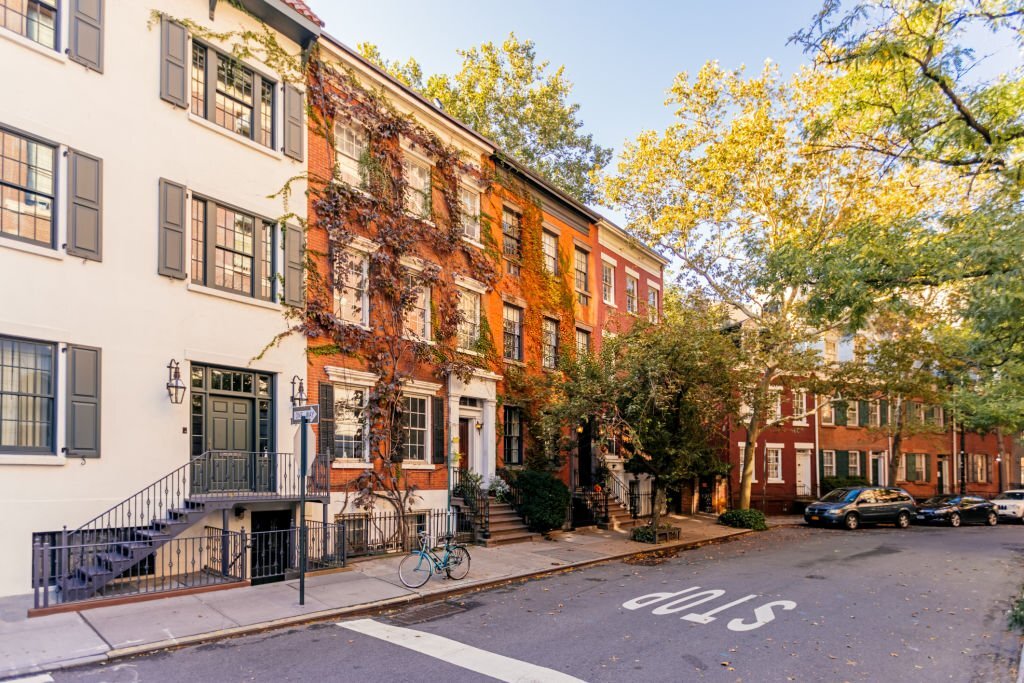
The 6th precinct patrols the neighborhood and crime has dropped more than eighty percent in the past twenty years in the West Village. However, you do need to watch out for a high incidence of property crime. West Village is bounded by the Hudson River, 14th Street and West Houston Street. West Village is called ‘honestly one of the best neighborhoods to live in NYC’ and residents ‘love the community feel.’
Tribeca
Tribeca is a highly revitalized neighborhood. This was due to a post-9/11 project to boost the city’s spirits, spearheaded by Robert De Niro, of which the main focus was the Tribeca Film Festival. Now Tribeca is home to a diverse bunch of celebrities, from A-list actors to musicians and sports stars.
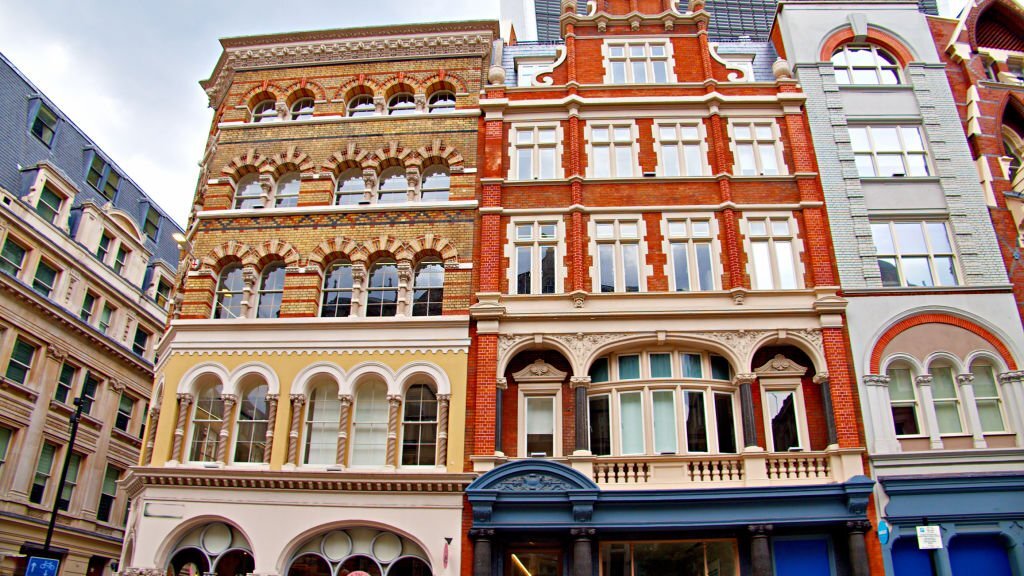
Hence, it is quite safe and quite expensive. Tribeca is patrolled by the first precinct, and while it has a low number of reported crimes, it also has a smaller population than other neighborhoods. Crime in Tribeca has decreased by almost ninety percent since the nineties.
Tribeca residents say the neighborhood is a ‘safe and nice area with great views’.
FUN FACT! Tribeca is thusly named because it stands for ‘TRIangle BElow CANal’ which taken separately, says: Try. Be. Can. A positive motto for any neighborhood.
Safest Neighborhoods In Manhattan: Waterfront
As noted previously, Manhattan is an island, so naturally, some neighborhoods are going to end up being on the Waterfront. It’s a very different part of Manhattan. Amongst the tall buildings and traffic of most of the city, you can completely forget or be completely unaware that you are standing on an island.
Battery Park City
Situated at Manhattan’s southern tip, Battery Park City is a testament to urban planning. Dominated by the expansive Battery Park, this 92-acre neighborhood offers residents a serene environment with crime rates that are impressively below the national average. The majority of offenses here are property-related, with violent crimes being a rarity.
Battery Park City is generally lauded as a great neighborhood in which to raise a family. This neighborhood probably appears on the highest number of safest neighborhood lists you will find out there on the internet.
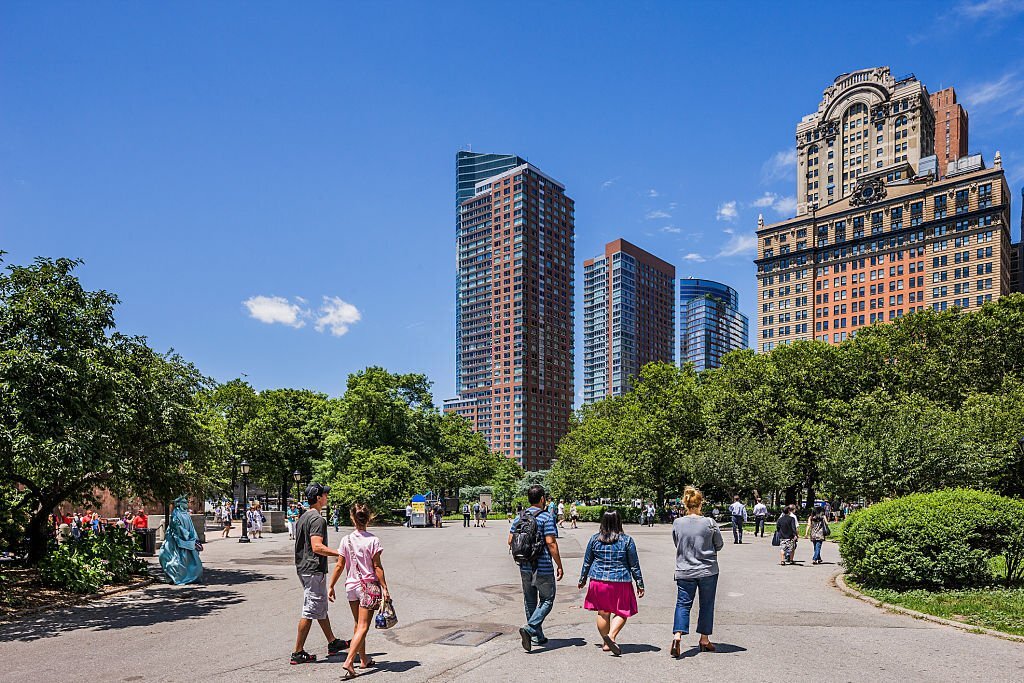
One-third of the area is populated by parks. The neighborhood is also patrolled by the first precinct. They report very few violent crimes, and a below average crime rate in comparison to the rest of the city. Battery Park City is almost entirely surrounded by the Hudson River, except to the east, where you will wander into the Financial District, home to Wall Street. Watch out for the wolf!
Kips Bay
Kips Bay, with its boundaries stretching from the East River to Third Avenue and between East 34th and 27th Streets, is a historical gem. Over the past three decades, the neighborhood has witnessed an astounding 80% drop in crime, making it a peaceful enclave in midtown Manhattan.
The most appealing thing about Kips Bay is that the rents are relatively affordable. Kips Bay is a quiet, peaceful neighborhood. It also boasts a small rate of felonies committed in the area.
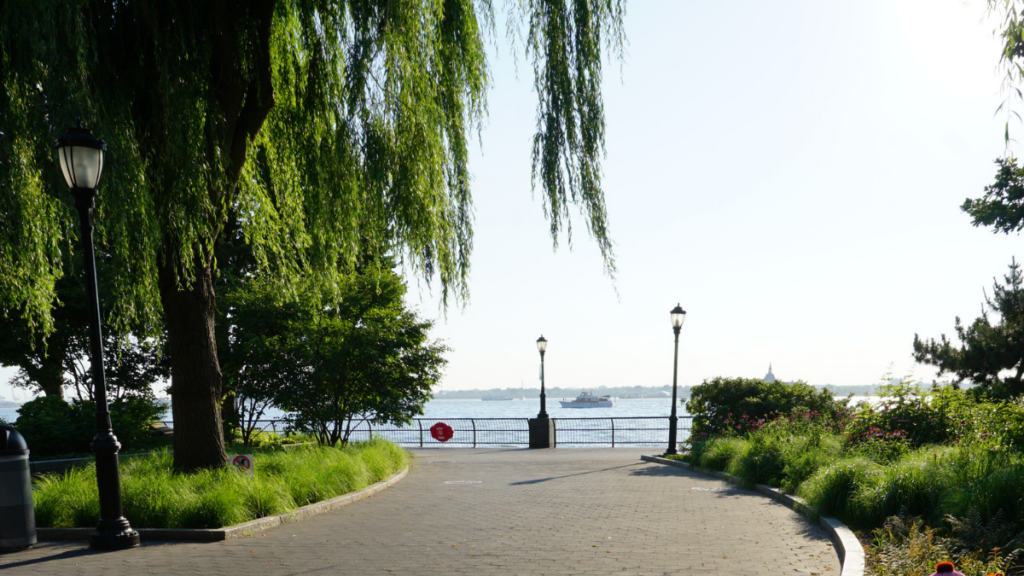
Kips Bay is patrolled by the 13th and 17th police precincts. Both precincts have lower crime rates now than in the past. It is bounded by the East River, East 34th Street, Third Avenue and East 23rd Street. Kips Bay residents call the neighborhood ‘quiet and affordable’ where ‘everything is within convenience.’
Safest Neighborhoods In Manhattan: Verdict
New York City’s reputation as a challenging environment is not entirely unfounded. However, as these neighborhoods demonstrate, the city is also home to areas that prioritize the safety and well-being of their residents. These enclaves, with their unique histories and characters, offer both residents and visitors a chance to experience the quieter, safer side of Manhattan.
Safest Neighborhoods In Manhattan FAQ
Where is safe in Manhattan?
Manhattan boasts several safe neighborhoods, including Roosevelt Island, Battery Park City, Sutton Place, Lenox Hill, Upper East Side, and Murray Hill.
Is it safe to walk in Manhattan at night?
Generally, Manhattan is safe during daylight hours. However, it’s always advisable to stay alert, especially when walking alone at night.
What is the best area to live in Manhattan?
Manhattan offers several prime living areas, such as Tribeca, SoHo, Chelsea, Upper East Side, Greenwich Village, and the Financial District, each with its unique charm.

Born and raised amidst the hustle and bustle of the Big Apple, I’ve witnessed the city’s many exciting phases. When I’m not exploring the city or penning down my thoughts, you can find me sipping on a cup of coffee at my favorite local café, playing chess or planning my next trip. For the last twelve years, I’ve been living in South Williamsburg with my partner Berenike.

